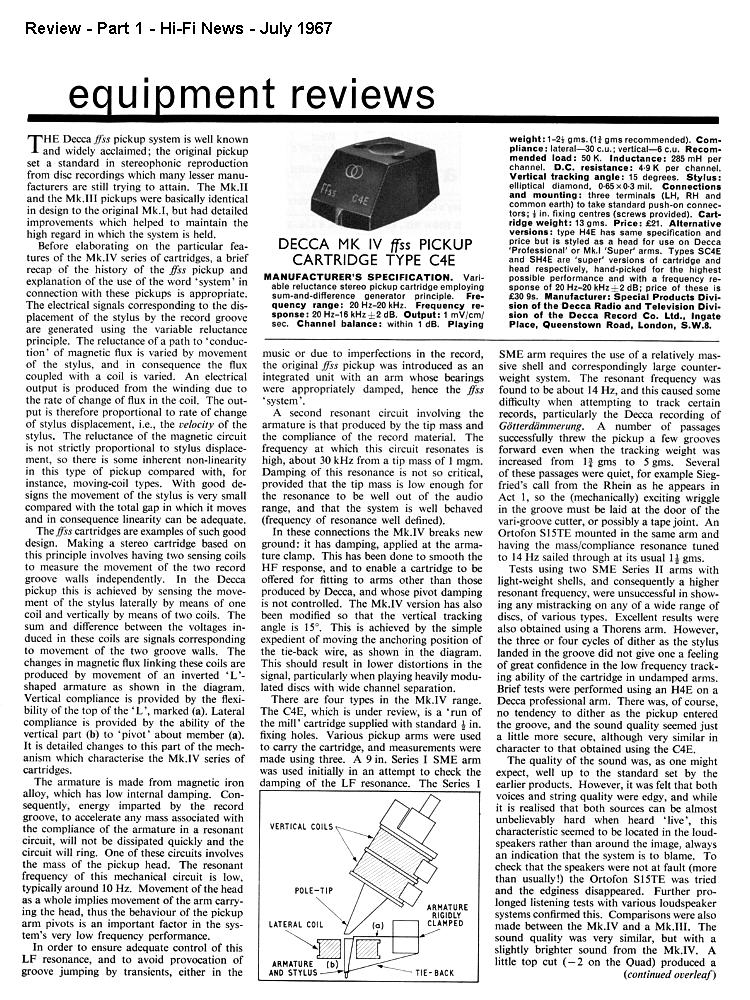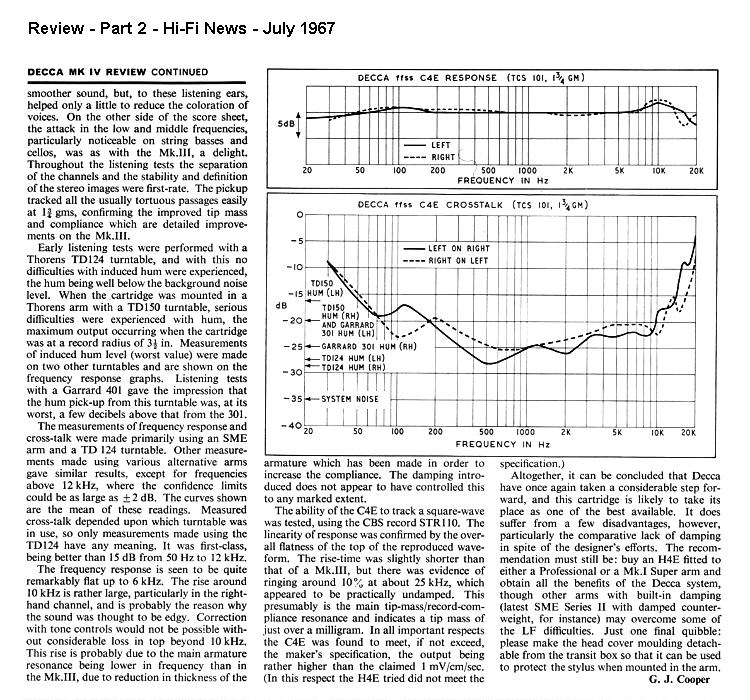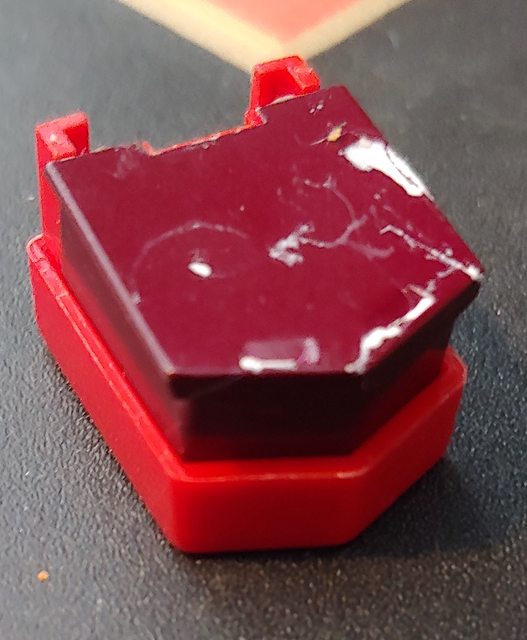Darmok
pfm Member
PS. Does any body know the variants from, say, C4E? Or have there been too many over that period? Preferably with line contact stylus (which I think rules out a standard C4E?)
Decca MKIV ffss C4E - Variable Reluctance Stereo Pick-up Cartridge - Hi-Fi News - July 1967
Review - Part 1

Review - Part 2

Some other good kit review links on SATURN SOUND Recording Services ...
http://www.saturn-sound.com/history/hi-fi, reviews.htm#Decca MKIV ffss C4E
More...
http://www.saturn-sound.com/history/the hi-fi section.htm
Enjoy.
PS: An old thread on pfm from 2011...
https://pinkfishmedia.net/forum/threads/decca-c4e.93862/



